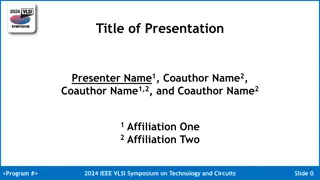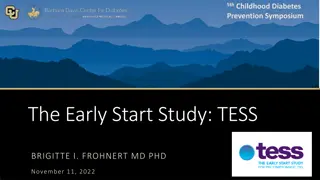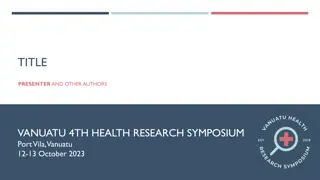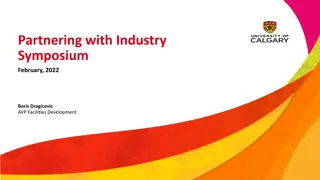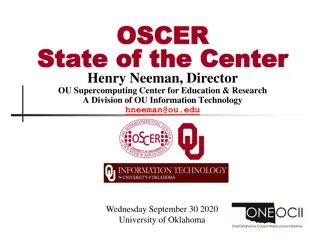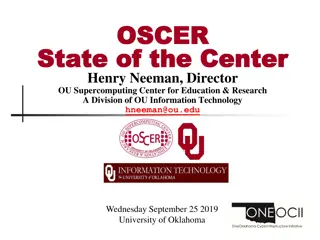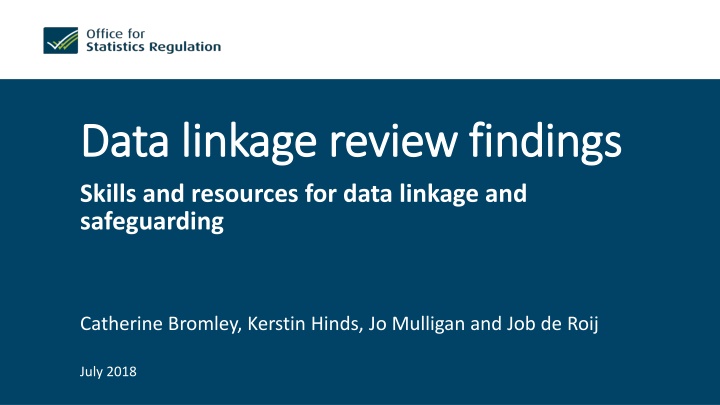
Data Linkage and Safeguarding: Essential Insights and Strategies
Explore the importance of data linkage for statistical value, ensuring data quality, and safeguarding practices. Discover essential outcomes and skills for a safe and effective data linkage system, along with the Code of Practice for trustworthiness. Learn about recognizing resource needs, coordinating investments, and addressing staff training in the data linkage field.
Download Presentation

Please find below an Image/Link to download the presentation.
The content on the website is provided AS IS for your information and personal use only. It may not be sold, licensed, or shared on other websites without obtaining consent from the author. If you encounter any issues during the download, it is possible that the publisher has removed the file from their server.
You are allowed to download the files provided on this website for personal or commercial use, subject to the condition that they are used lawfully. All files are the property of their respective owners.
The content on the website is provided AS IS for your information and personal use only. It may not be sold, licensed, or shared on other websites without obtaining consent from the author.
E N D
Presentation Transcript
Data linkage review findings Data linkage review findings Skills and resources for data linkage and safeguarding Catherine Bromley, Kerstin Hinds, Jo Mulligan and Job de Roij July 2018
Why are we interested in data linkage? Statistics add value when they answer society s questions. Many questions cannot be answered without sharing and linking data. Without a focus on the quality of the data, the results could be misleading. Custodians of public data must demonstrate their trustworthiness by safeguarding data robustly and being open to public scrutiny.
Essential outcomes for a safe and effective data linkage system
Code of Practice Trustworthiness pillar professional capability practice: People producing statistics should be appropriately skilled, trained and supported in their roles and professional development.
T Q V Recognise resource needs Coordinate infrastructure investment Minimise data extraction costs Data linkage skills strategy Recognise data access support staff CPD needs Safe settings innovations
T Q V Recognise resource needs Increased demands on departments post-DEA Uneven spread of demands on departments Coordinate infrastructure investment Time to provide and receive training Software costs Minimise data extraction costs Storage space Outsourcing costs Data linkage skills strategy Recognise data access support staff CPD needs
T Q V Recognise resource needs Increased demands on departments post-DEA Uneven spread of demands on departments Coordinate infrastructure investment Time to provide and receive training Software costs Minimise data extraction costs Storage space Outsourcing costs Data linkage skills strategy Vision for the workforce Harness external expertise effectively Recognise data access support staff CPD needs New data environment = new roles
The Five Safes What steps have been taken to remove items that could identify individuals? Safe data Do the users have the necessary technical skills to use the data, do they understand the importance of data confidentiality and have they completed all necessary training? Safe people Is it an appropriate use of the data, ethical and clearly for the benefit of the public? Safe projects Where will the data be used and what steps are in place to ensure the data are kept safe? Safe settings What processes are in place to ensure that outputs produced from the data cannot be used to identify individuals? Safe outputs
Priority setting What are the most pressing skills gaps? How do we fill them? What s worked well for you in the past?
Nextsteps Conversations with key groups to progress review recommendations Aiming to publish a report with these findings in August Further thoughts welcome Thank you catherine.bromley@statistics.gov.uk

